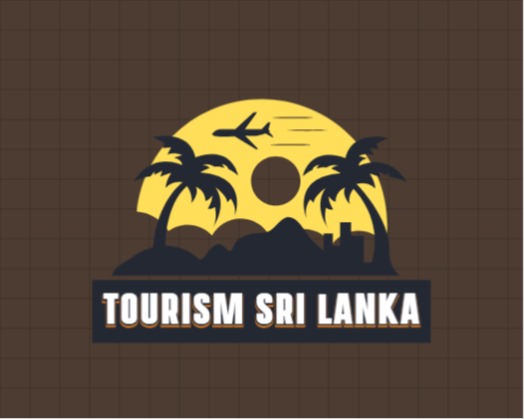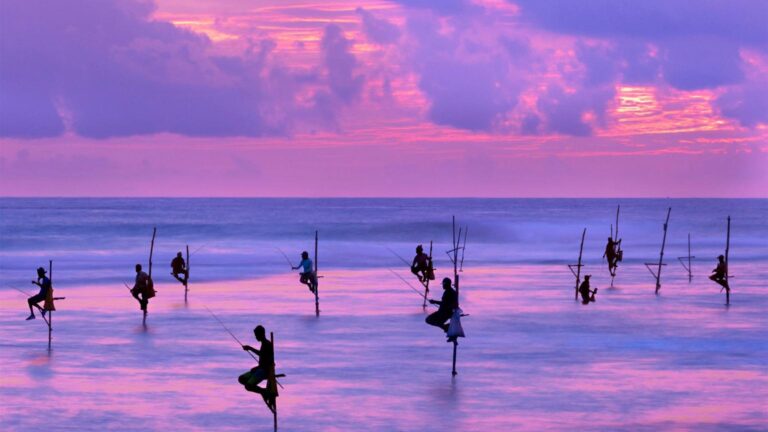
- No Comments
Exploring Sri Lanka’s Cultural Triangle: A Journey Through Ancient History
Sri Lanka’s Cultural Triangle is a region steeped in ancient history and home to some of the country’s most significant archaeological sites. Comprising Anuradhapura, Polonnaruwa, and Kandy, this area provides a fascinating journey through over 2,500 years of history, culture, and religion.
Anuradhapura was the first capital of ancient Sri Lanka, and its ruins are spread over a large area, making it one of the most well-preserved cities from antiquity. The city is home to Ruwanwelisaya Stupa, Thuparamaya, and the Sacred Bodhi Tree, believed to be a sapling from the tree under which Buddha attained enlightenment. Exploring Anuradhapura gives visitors a sense of the grandeur of Sri Lanka’s ancient civilization.
Next, Polonnaruwa, another ancient capital, represents the golden age of Sri Lankan history. The city’s ruins include Gal Vihara, a rock temple with massive Buddha statues carved from granite, as well as palaces, temples, and reservoirs. A visit to Polonnaruwa offers an immersive experience in the island’s architectural and artistic achievements during the 10th to 12th centuries.
Finally, Kandy, the last royal capital, is a vibrant city centered around the Temple of the Tooth Relic. This sacred site houses a relic of Buddha’s tooth, making it one of the most revered places of worship for Buddhists. The annual Esala Perahera, held in Kandy, is a grand procession that showcases Sri Lanka’s rich religious and cultural traditions with lavishly decorated elephants, dancers, drummers, and more.
For travelers interested in the interplay of religion, history, and architecture, the Cultural Triangle offers a journey unlike any other, rich with UNESCO World Heritage Sites, ancient art, and sacred temples.
Stay Connected
Latest News


Eco-Tourism in Sri Lanka: Sustainable Travel in the Pearl of the Indian Ocean

Surfing in Sri Lanka: A Guide to the Best Surf Spots







